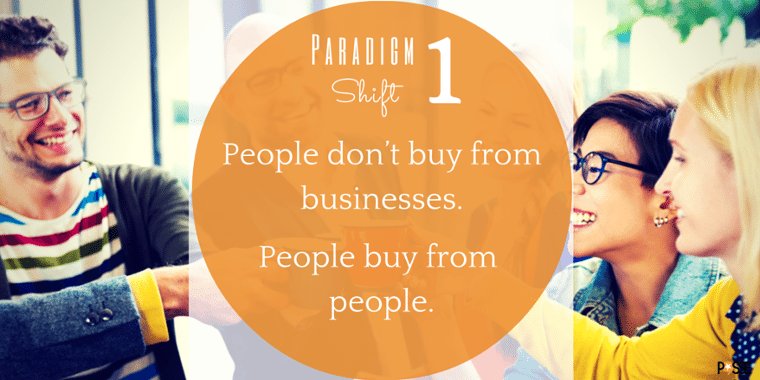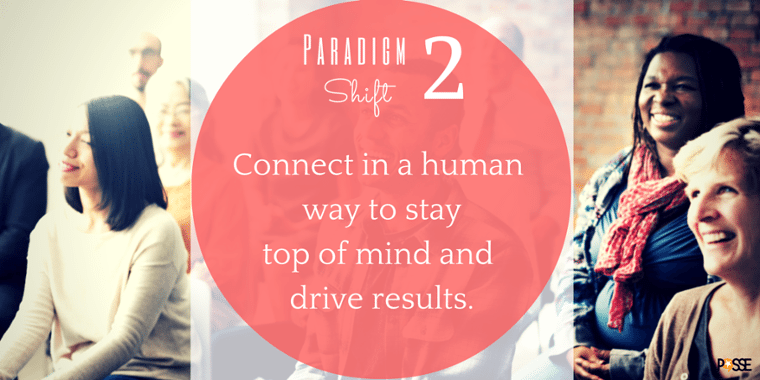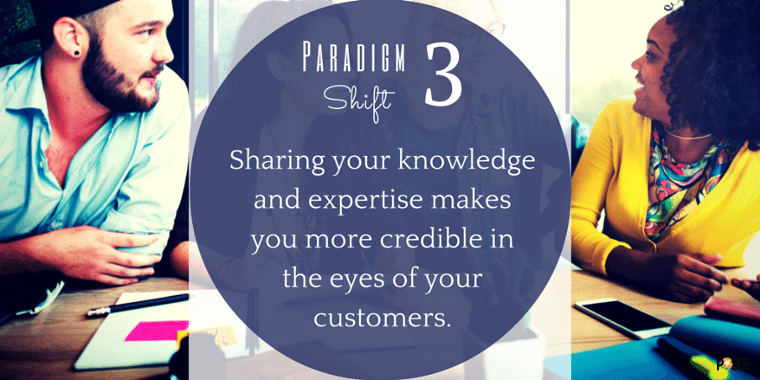If you are a small business owner who is wondering how to get more attention for your company and how to make your products seem more exciting online, you are asking the wrong questions.
There is a seemingly infinite amount of competition out there that is just keystrokes away from gaining the loyalty of your potential customer. To win in today’s highly competitive environment, your organization needs to ask a different question: “How can we help?”
Initially, using this question to guide your marketing will cause a change in your organization’s operational and psychological habits because it goes against every piece of strategy ever taught, learned, and used. Entering into the unknown is always met with anxiety and hesitation. What many businesses fail to see is that this simple question guides a clean and clear strategy that cuts through the clutter of traditional marketing.
Inbound marketing has taken the golden question of “how can we help?” and answered it through strategic use of digital, content, and social media marketing. It has then taken another step in providing ways to strategically move customers through the sales funnel in order to meet the needs of the business in both ROI and sales.
Making the following customer-centric shifts in your organization’s marketing plan is a huge undertaking, because it requires a change in the mindset of the entire company. It is often met with barriers, yet it is a necessary change in an organization’s culture if wanting to stay in business.

People buy from people.
Understanding that you are dealing with people and not businesses is the driving factor behind successful customer-centric marketing. Many businesses are in agreement that they have to understand their customer, yet they are quick to leave the customer-centric strategy in order to preach their product and achieve quick sales.
This type of thinking is reaction oriented. If you are going to be proactive, you must revolve your strategy around your customers day in, day out. Do not fall victim to the temptation of quick sales. The results of loyal, lifelong customers will far surpass your expectations if you remain consistent in meeting their needs.
Build and Nurture Relationships
Each and every business has a story and expertise to share. How they go about communicating this story is what defines their level of success. The internet and social media have broken down all of the formal walls that were established through traditional marketing. There are no longer any barriers in communication between the consumer and the company or organization.
As a result of the broken-down barriers, consumers expect to converse with people, not brands. It is important to tell your stories and share your expertise with your customers in a way that is in an authentic conversation and resonates with them. Through informative, relative, and relatable content, you’ll remain top-of-mind with prospects and increase the likelihood of earning their loyalty.
Don’t forget: you must engage with your audience. It is through this authentic conversation that customers learn to believe in your expertise and build a trusting relationship with you.

Share your knowledge to establish expertise.
Google’s Zero Moment of Truth research found that consumers need twice as many sources of information before making a decision today than they did just one year ago. They crave information.
Ideas, experience, and knowledge are moneymakers. People expect to have to pay for these. What happens when you take these ideas, experience and knowledge and give them away freely? You build trust with your audience. They begin to form a sense of gratitude and loyalty.
Conclusion:
There is a lot of work that goes into implementing a successful customer-centric inbound marketing plan. There are many pieces that move in-sync and are dependent upon one another for optimal performance.
When organizations use the question ‘how can we help?’ as their standard, they will find that it guides them to the answers that result in a clear strategy, fitting the needs of their customer and their business. It will greatly reduce the stress of being reactive as it makes way to decisions that are proactive. Customer-centric marketing does more than increase the bottom line, it provides employers and employees the opportunity to think beyond themselves and create a more purposeful community.
